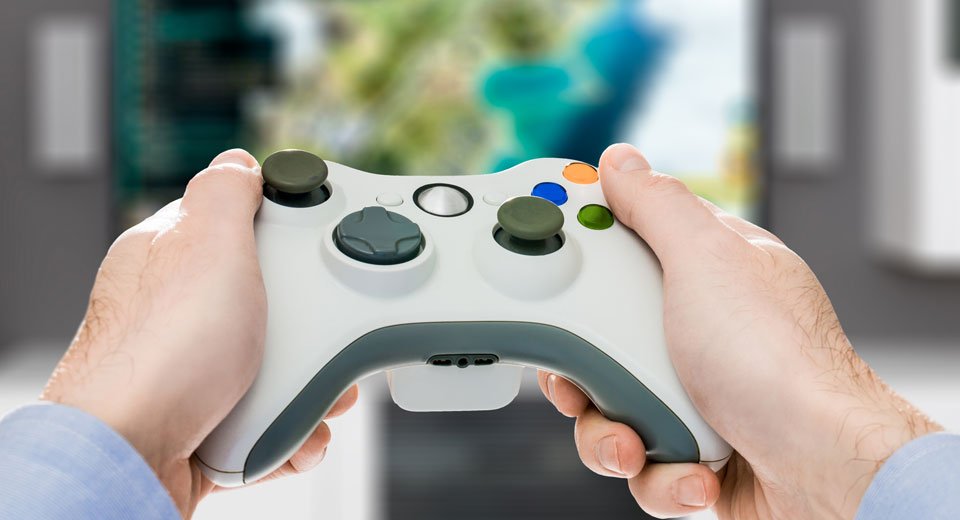What the rest of us can learn from pro video gamers

Minecraft, Fortnite and other video games immerse players in high-speed virtual competitions that have become so popular they are now recognized as varsity sports at 80 U.S. colleges. Avid computer video gamers make 500 to 600 action moves a minute, or about 10 moves per second, gaining them professional standing in a $1 billion-a-year industry—and exposing them to new health risks.
Even the rest of us “average” players making 50 moves a minute need to be aware of ways to stay healthy if we want to keep playing, according to Brian Najarian, MD, orthopedic surgeon and wrist/hand specialist.
Anyone who sits for long periods of time playing or working at a computer is at some risk, and doctors are just beginning to recognize the need to warn patients of the potential health consequences, he added.
Tips for Gamers
Dr. Najarian recommended the following for anyone who plays video games, or who sits at a computer for long periods of time:
- Take 10 to 15-minute breaks for every hour you’re sitting at the computer.
- Use the breaks to walk, move your legs, rest your hands and give your eyes a rest from looking at the monitor. Walking also relieves stress on the neck and back.
- Make physical exercise part of your regular routine.
- Have good posture while sitting at the computer.
- Use ergonomic controllers.
- Do not ignore pain, tingling, numbness, or other symptoms. Seek medical help before you make the problem worse.
According to one recent study, only 2 percent of gamers who were in pain sought medical treatment, Dr. Najarian said. This, despite the fact that the problem received worldwide attention in 2015 when 26-year-old League of Legends player Jai Lam retired at 26, due to chronic wrist pain.
“I played video games as a teenager, and today’s gaming is not the same. Physicians are now recognizing esport players as athletes. In November 2019, The Journal of the American Osteopathic Association advised doctors that the field of sports medicine needs to catch up in order to address players’ needs,” Dr. Najarian said.
Hallie Zwibel, DO, study coauthor, reported the following:
- 56% of esports athletes experience eye fatigue.
- 42% report neck and back pain.
- 36% report wrist pain.
- 32% report hand pain.
- Only 2% of those reporting pain sought medical treatment.
“The research also said that 40 percent of professional gamers get no additional physical activity in a given day,” Dr Najarian said, “As a result, esport athletes are at risk for problems related to sitting too long as well as repetitive motion injuries.”
As a hand and wrist specialist, Dr. Najarian cautioned athletes and anyone who works at a computer that repetitive motion injuries such as carpal tunnel syndrome and trigger finger can best be prevented by avoiding overuse and by exercising.
Repetitive motion injuries lead to pain, tenderness and limited mobility, which will hurt your game-playing ability or your ability to work, he said. That’s an excellent reason to seek medical treatment before your pain forces you into surgery or retirement.
Rebecca Wolongevicz, MS, OTR/L, CHT, is one of the certified hand therapists at Cape Cod Orthopaedics and Sports Medicine at Hyannis and Sandwich. She shows patients how to prevent overuse injuries as well as recover from trigger finger, carpel tunnel syndrome, tennis elbow, and many other injuries.
In this video, Wolongevicz shows Cape Cod Health News readers some of the stretches and glides that can help you stay healthy. Remember to contact your doctor if you have pain, numbness, tingling, or any symptom that is out of the ordinary.
